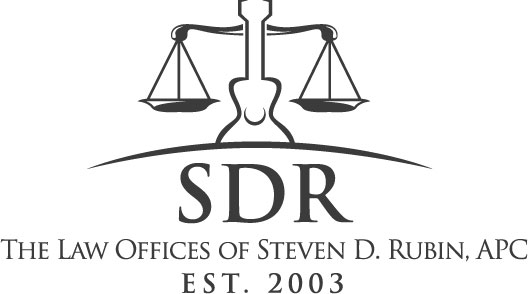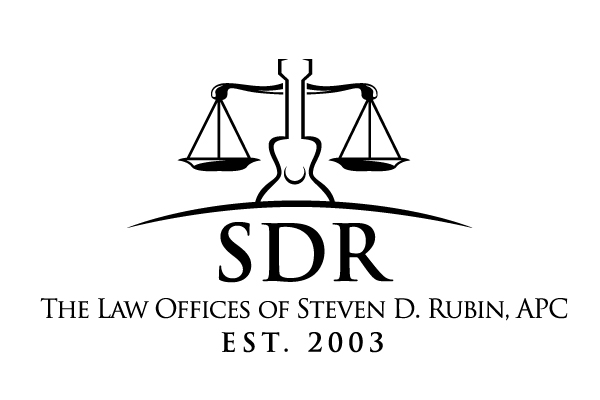
Civil Litigation: Einstein’s Theory of Relativity as Applied to Civil and Business Litigation
 Well, I could not resist. I just had to pick up the biography of Albert Einstein written by Walter Isaacson. What a great read. I am about halfway through – that is we are past Special Relativity, General Relativity, Albert has received the Nobel Prize (which oddly enough he did not receive for his theories of relativity), and now he is parading around the USA like a rock star! I don’t recall having so much fun reading a book. Gravity, light, quanta, “thought experiments,” … did I mention gravity? I think gravity is the most awesome thing ever. But alas then there is “space-time.” No matter how much I read about it, think about it, I just don’t get it. Nope. My small reptilian brain just can’t hack it.
Well, I could not resist. I just had to pick up the biography of Albert Einstein written by Walter Isaacson. What a great read. I am about halfway through – that is we are past Special Relativity, General Relativity, Albert has received the Nobel Prize (which oddly enough he did not receive for his theories of relativity), and now he is parading around the USA like a rock star! I don’t recall having so much fun reading a book. Gravity, light, quanta, “thought experiments,” … did I mention gravity? I think gravity is the most awesome thing ever. But alas then there is “space-time.” No matter how much I read about it, think about it, I just don’t get it. Nope. My small reptilian brain just can’t hack it.
So, now I will apply Einstein’s theory of relativity to civil and business litigation (sort of). At the risk of grotesque over-simplification, Einstein concluded that there was no “absolute space” or “absolute time,” but rather space and time were “relative” depending on the variables related to the person observing or experiencing space and time. Don’t ask me to explain. Really. Don’t. I can’t. Similarly, in almost any civil or business litigation, there are two main components: liability and damages. Now, is there such thing as “absolute liability” and “absolute damages?” Well, maybe. But the point of this article is that the relationship of liability and damages is often relative to the perspective of the judge, juror, lawyer and party observing or experiencing the liability and damages.
Einstein observed that gravity and acceleration are really the same (or at least very closely related) phenomena. So it is with liability and damages. In one sense, you could say that liability and damages are “absolute” because you must have both to have what we lawyers call a “cause of action.” Without both, your case will likely be dismissed. So, this leads to the question as to “how much liability and how much damages does one need to have a case?” Well let’s imagine that Albert were a lawyer instead of a physicist. * His answer might sound a little like this. If I have a great deal of damages, I might only need a little bit of liability to have a case. The reverse is also true. If I have a great deal of liability, I might only need a little bit of damages to have a case. As my amount of damages/liability goes down, my “relative” need for liability/damages goes up.
I can tell you from years of practice, that from the perspective of the Plaintiff, liability and damages often if not always appear greater than they are. From the perspective of the Defendant, liability and damages often if not always appear lesser than they are. From the perspective of the lawyer representing the Plaintiff or Defendant, liability and damages often if not always appears less certain than they do to the client. From the perspective of the Judge, we must deal with a new element – namely “Evidence.” Even so, from the perspective of the Judge, liability and damages often if not always should not interfere with the parties making a good faith effort to settle the case without resorting to trial. So, as you can see, liability and damages are “relative” to the person observing them. Often if not always, liability and damages are different to each person depending on their “relative position” to the liability and damages being asserted. Awesome. Give me a Nobel Prize.
I just bet you can’t wait for my “chemical analysis” of trademark infringement litigation.



